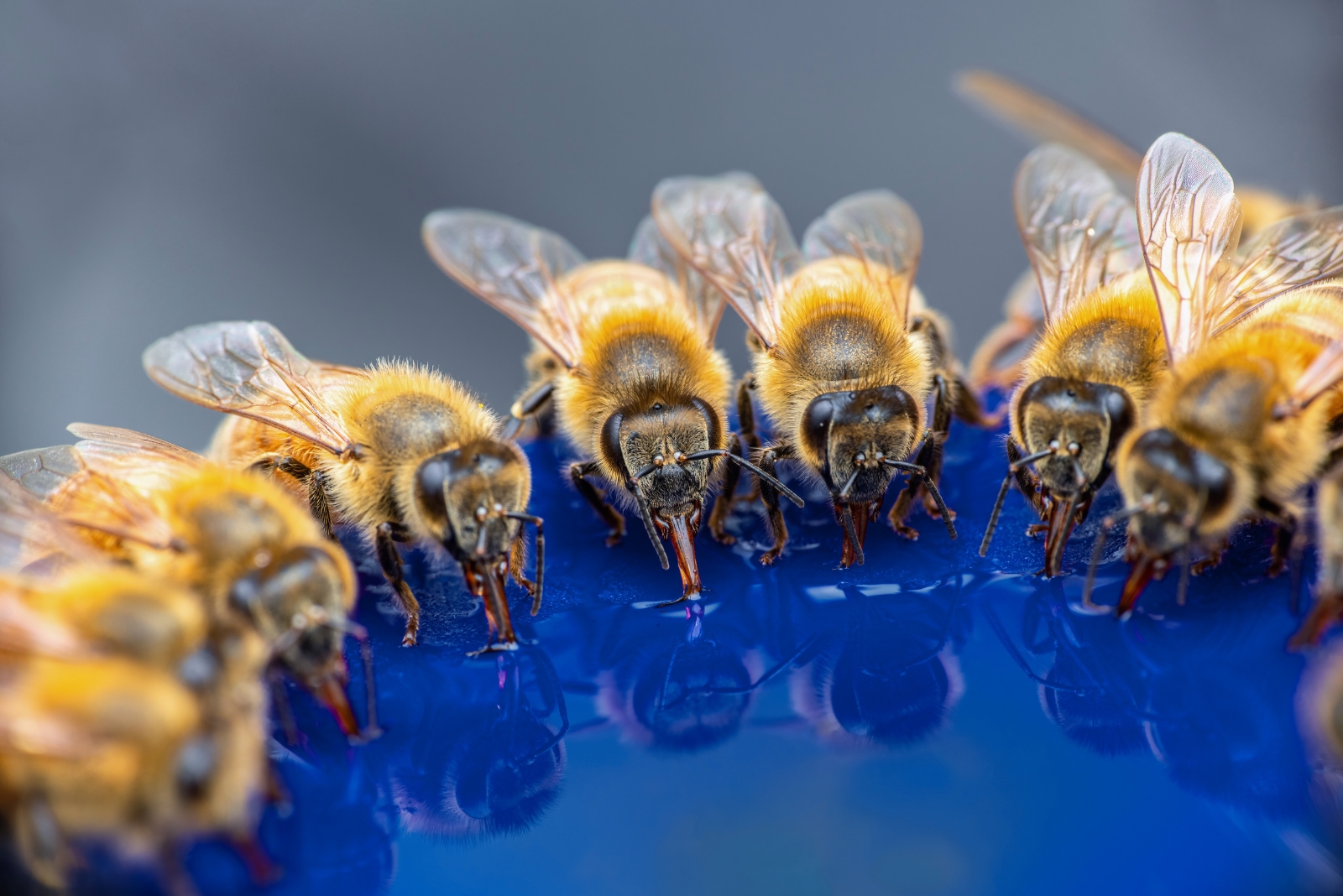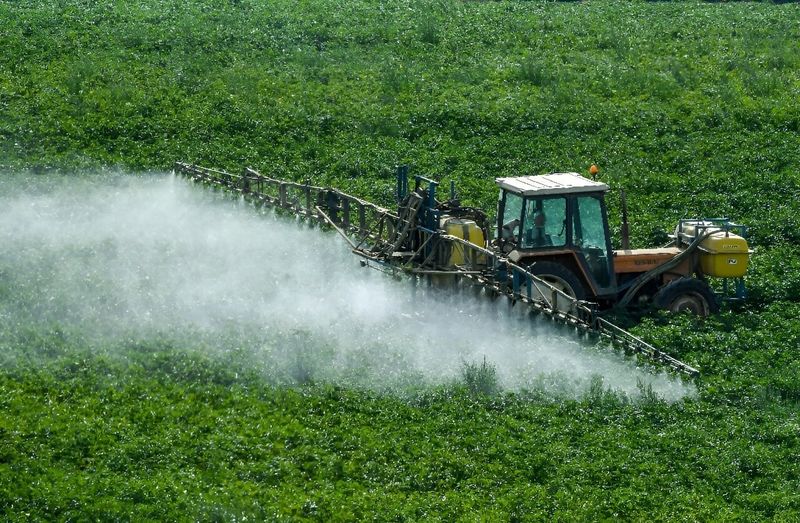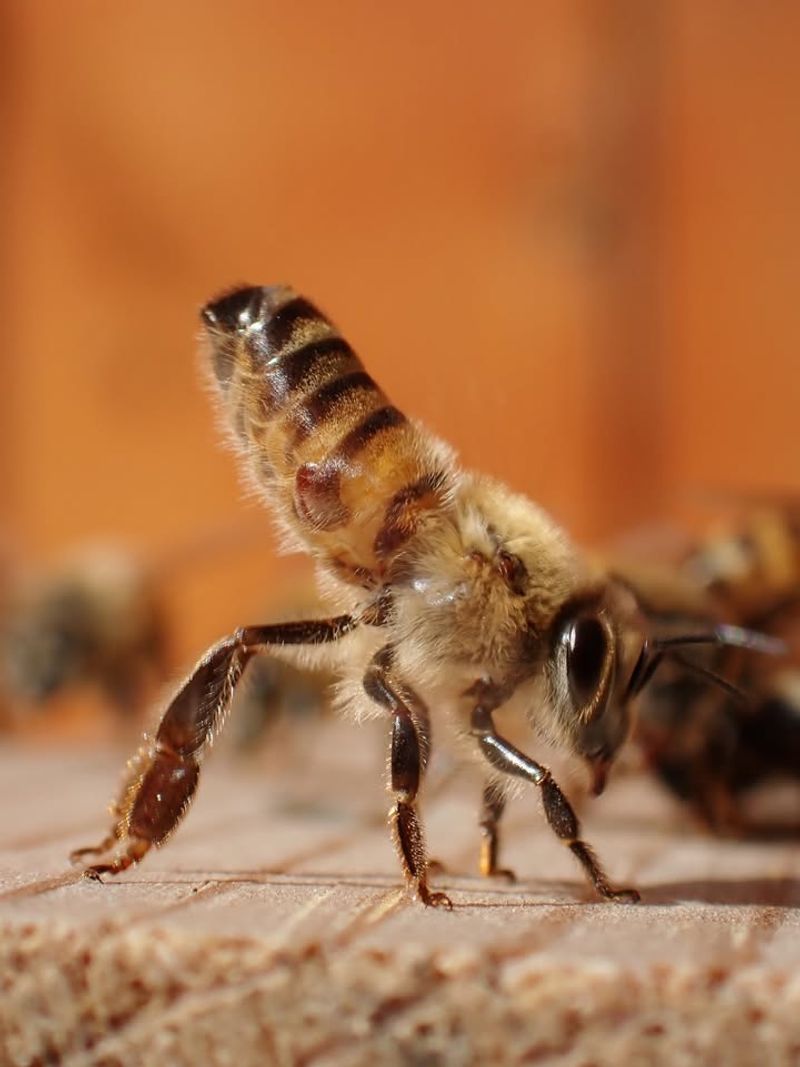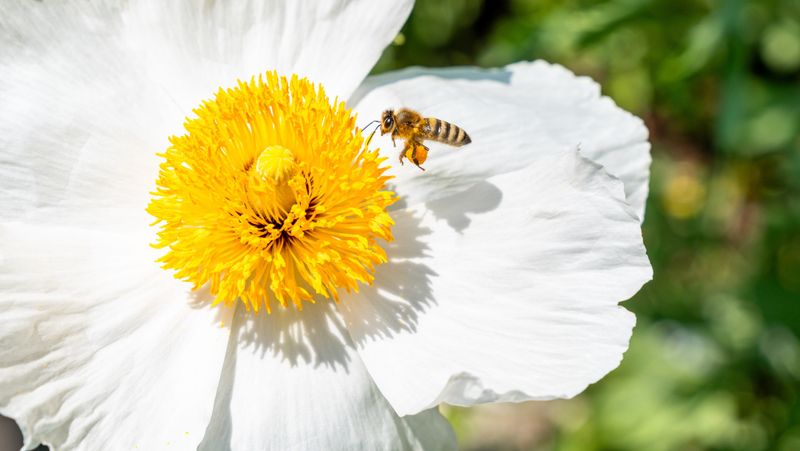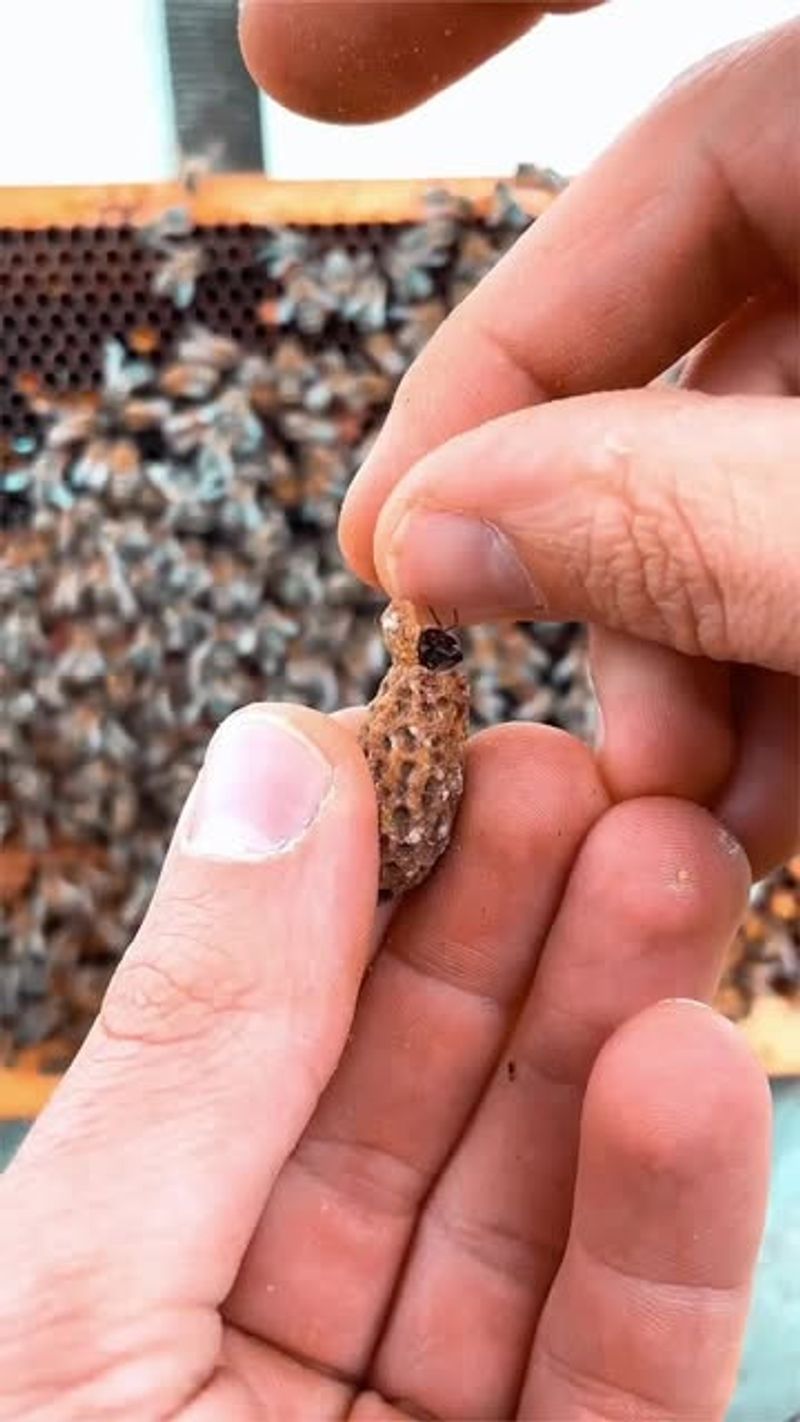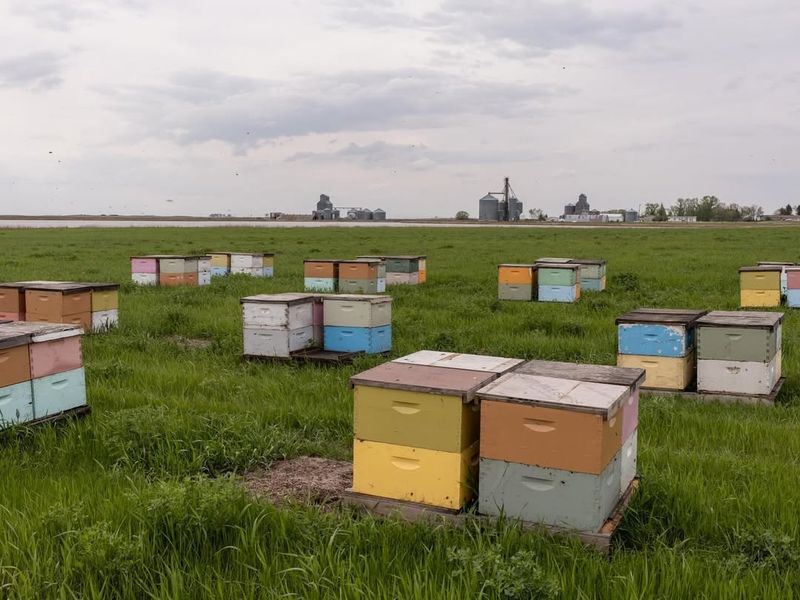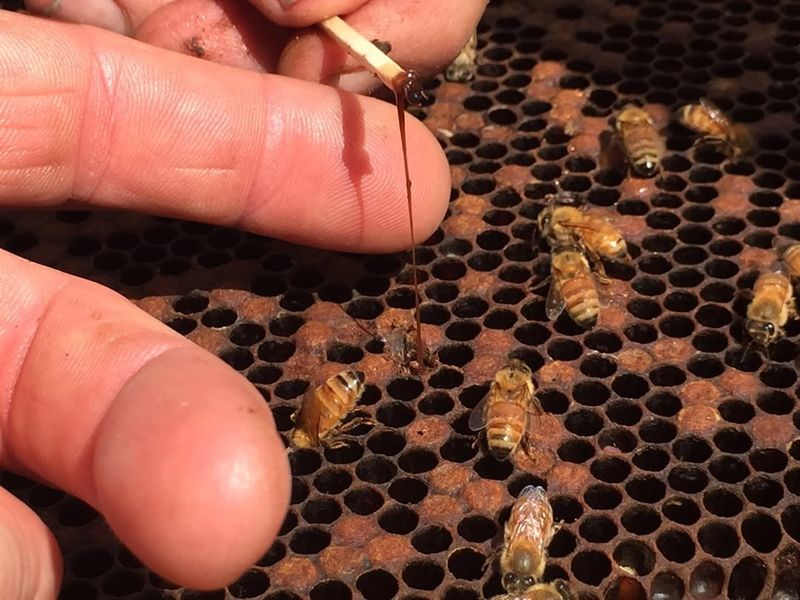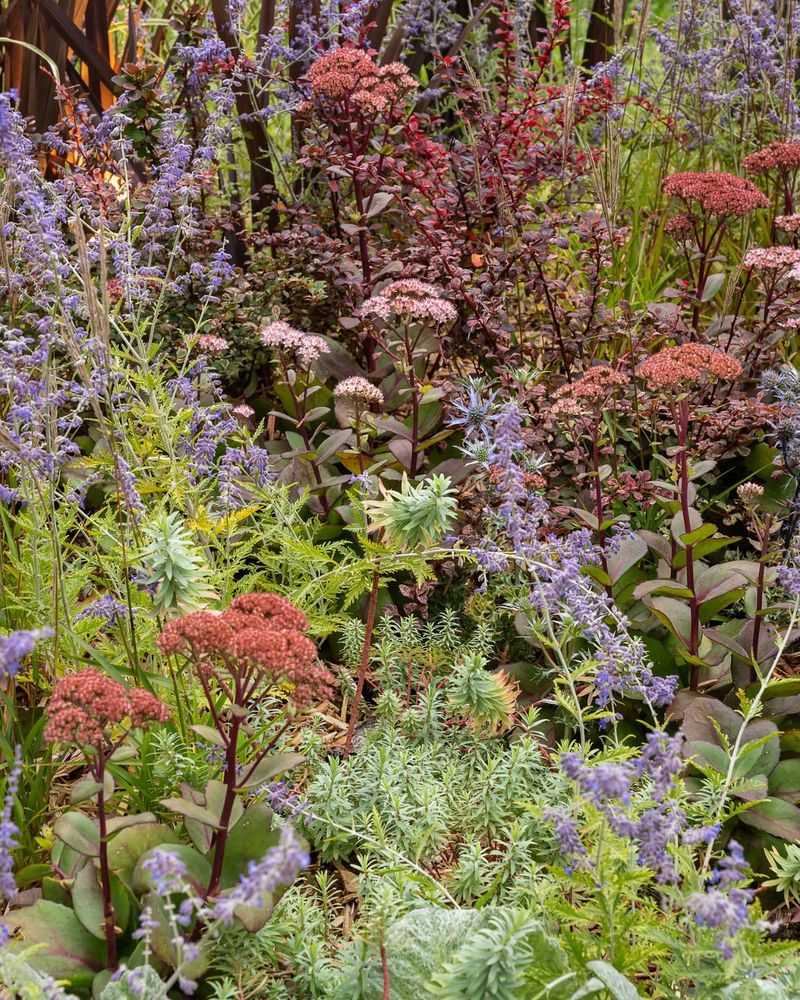The buzz around Alabama’s gardens is growing quieter — and that’s no small thing. Bees, the tiny powerhouses behind blooming flowers and bountiful harvests, are vanishing at an alarming rate.
From habitat loss to harmful chemicals, a perfect storm is driving these pollinators away. Here are 8 reasons why the buzz is fading across the Heart of Dixie.
1. Pesticide Overuse Harms Colonies
Farmers and homeowners frequently spray chemicals to control pests, not realizing the deadly effect on bees. These pesticides, especially neonicotinoids, attack bees’ nervous systems when they collect nectar from treated plants.
Even small amounts can disorient worker bees so they can’t find their way back to the hive. Many Alabama cotton and soybean fields receive heavy pesticide applications, creating vast zones where bees struggle to survive.
2. Varroa Mites: Tiny Parasites, Massive Damage
Imagine having a parasite the size of a dinner plate attached to your body, sucking your blood and spreading disease. That’s what varroa mites do to honeybees, relatively speaking.
These reddish-brown parasites attach to bees and weaken them by feeding on their fat bodies. They also spread deadly viruses throughout the colony. Alabama’s warm climate allows these mites to reproduce nearly year-round, making them particularly devastating to local hives.
3. Loss Of Natural Habitats
Wild bees need natural areas with diverse flowering plants to thrive. Unfortunately, Alabama has lost thousands of acres of natural bee habitat to development and agriculture.
Housing developments, shopping centers, and monoculture farms replace meadows and woodlands where bees once found food and shelter. Native bees particularly suffer when their specific plant partners disappear. The fragmentation of remaining habitats makes it harder for bee populations to recover from other stresses.
4. Climate Change Disrupts Bee Behavior
Alabama’s climate patterns are changing, with more extreme weather events disrupting the delicate timing between flowering plants and bee activity. Early spring warmups followed by sudden freezes confuse both plants and pollinators.
When flowers bloom too early or too late, bees can miss their feeding opportunities. Increasingly severe storms and droughts in the state also destroy bee habitats and food sources. These disruptions force colonies to spend energy adapting rather than thriving.
5. Mysterious Colony Collapse Disorder
Sometimes entire bee colonies simply vanish, leaving behind only the queen and a few young bees. This phenomenon, called Colony Collapse Disorder, has puzzled Alabama beekeepers since it first appeared in the mid-2000s.
Worker bees disappear without leaving dead bodies behind, making the cause difficult to pinpoint. Scientists believe it results from a combination of stressors rather than a single factor. Alabama beekeepers report these mysterious disappearances most often after periods of unusual stress on their hives.
6. Modern Beekeeping Practices Create Stress
Commercial beekeeping often involves practices that stress bee colonies. Hives in Alabama may be transported hundreds of miles to pollinate crops, disrupting their natural cycles and exposing them to new diseases.
The focus on honey production sometimes leads to harvesting too much honey, leaving bees without adequate winter stores. Artificial diets of sugar water lack the nutrients bees get from diverse flower nectar. These management practices can weaken colonies and make them more vulnerable to other threats.
7. Diseases Spread Through Bee Communities
Honeybees face a growing number of diseases that can devastate entire colonies. American foulbrood, nosema, and various viral infections spread easily when bees from different hives interact.
Alabama’s position as a thoroughfare for migratory beekeeping operations increases disease exposure. When commercial hives move through the state for crop pollination, they can introduce new pathogens to local bee populations. Wild bee communities suffer collateral damage when diseases spill over from managed honeybee colonies.
8. Lack Of Floral Diversity In Modern Landscapes
Bees evolved to feed on many different flower types throughout the growing season. Modern Alabama landscapes often feature few flowering species, creating feast-or-famine conditions for pollinators.
Perfectly manicured lawns offer no bee food, while agricultural monocultures provide intense but brief flowering periods followed by food deserts. Native bees especially struggle when their specialized plant partners disappear from the landscape. Without year-round diverse food sources, bee populations gradually decline even without other stressors.

